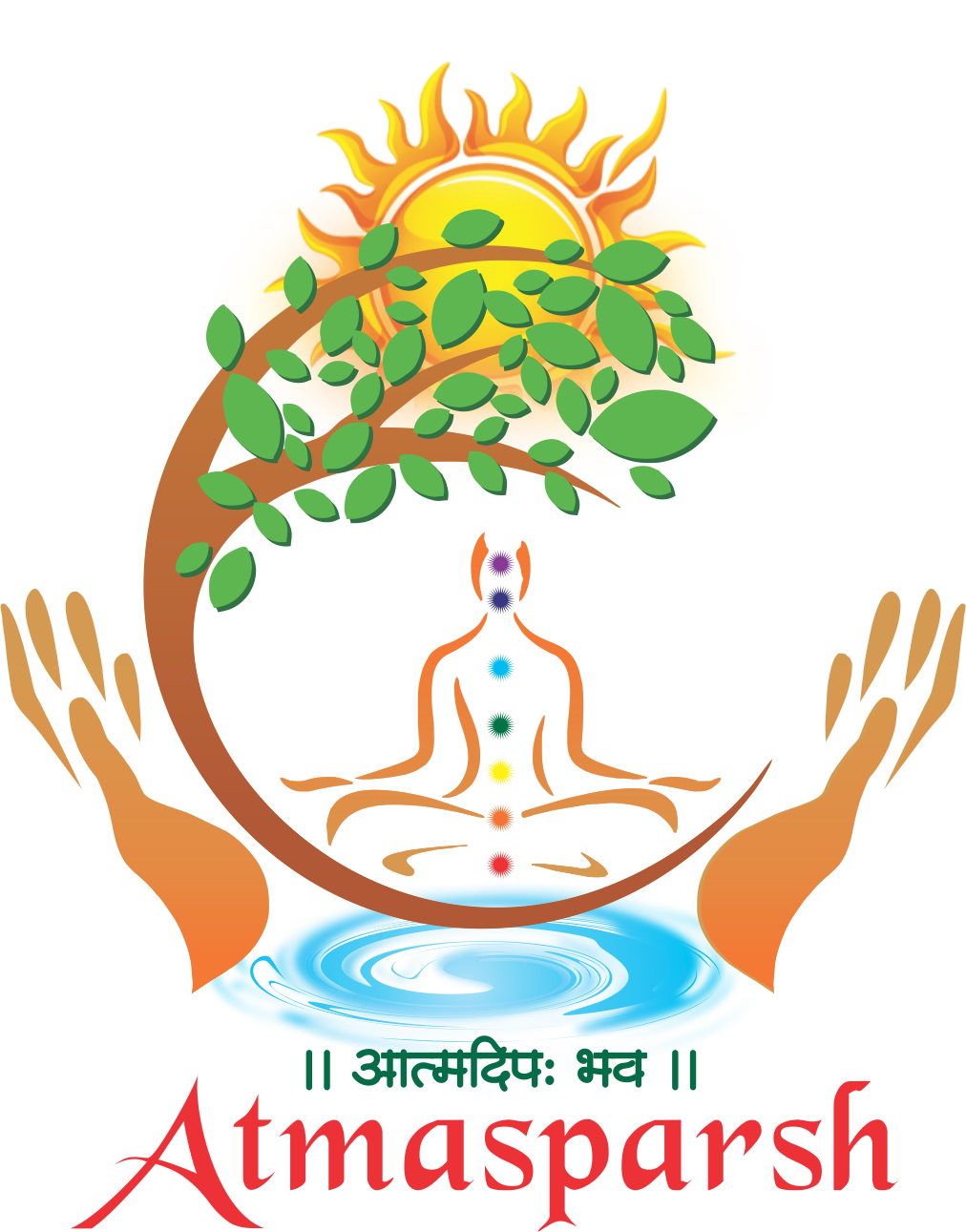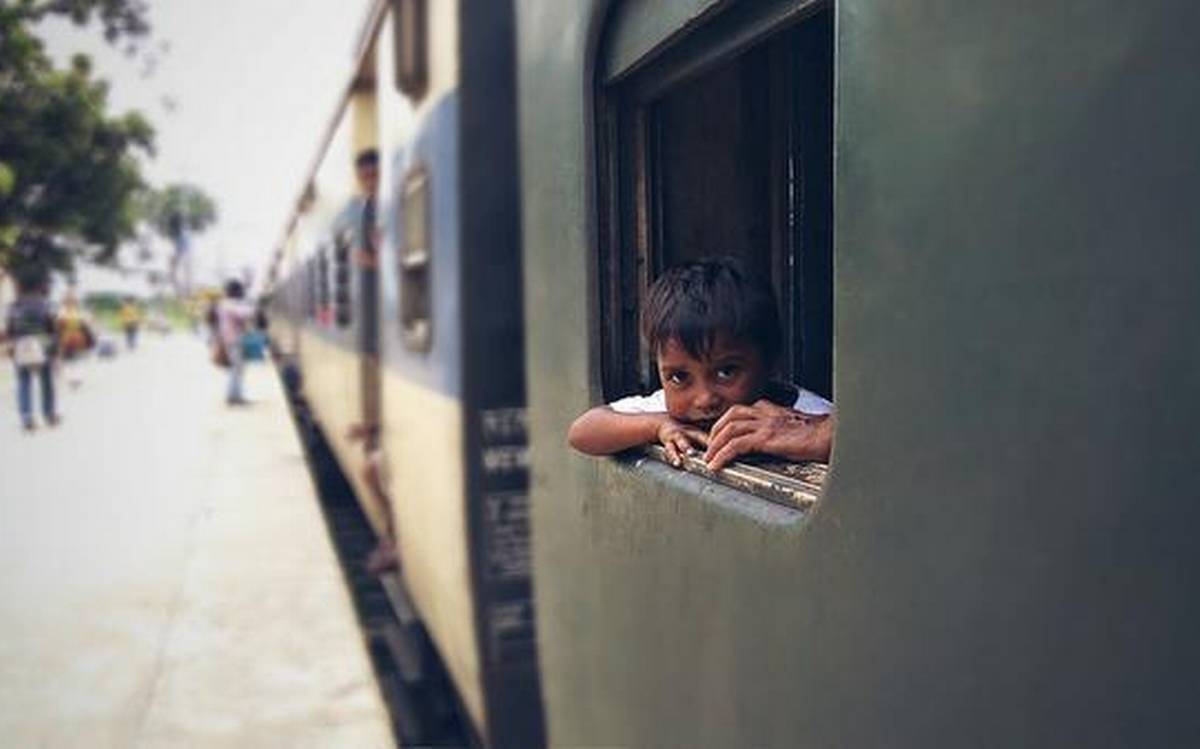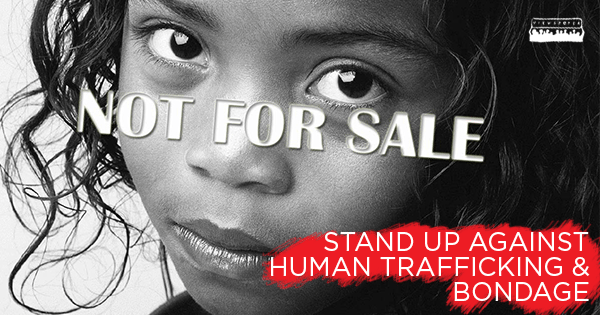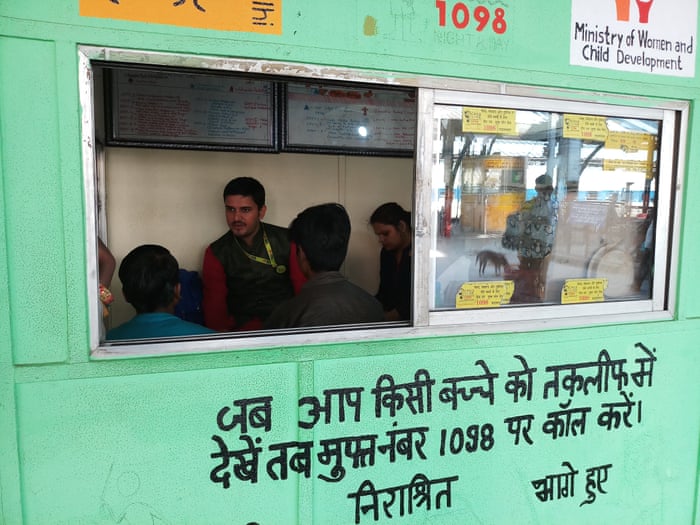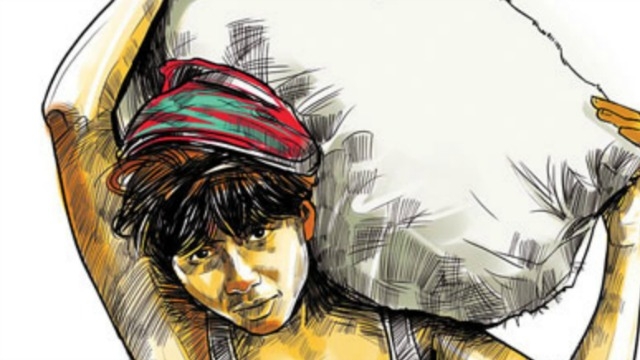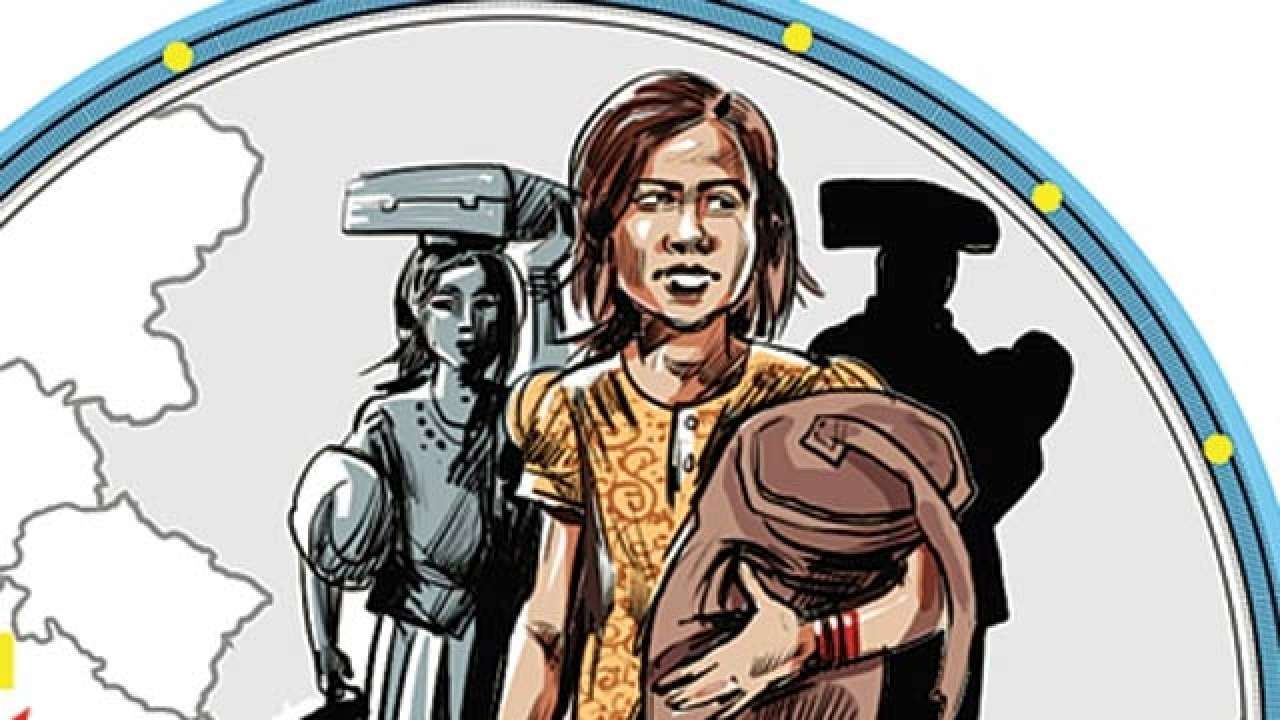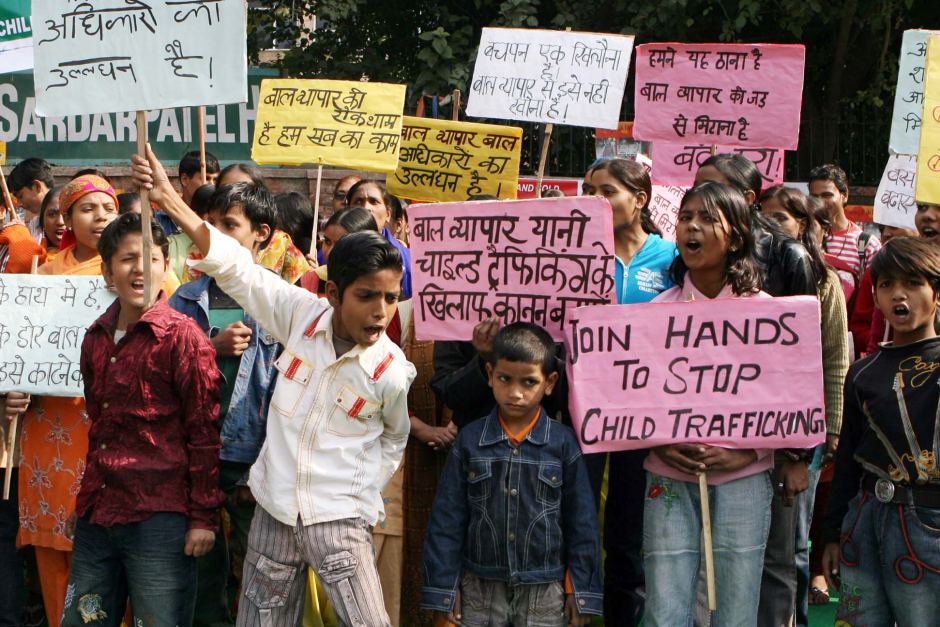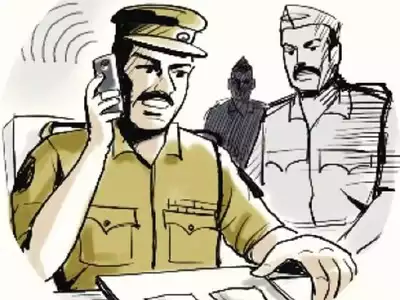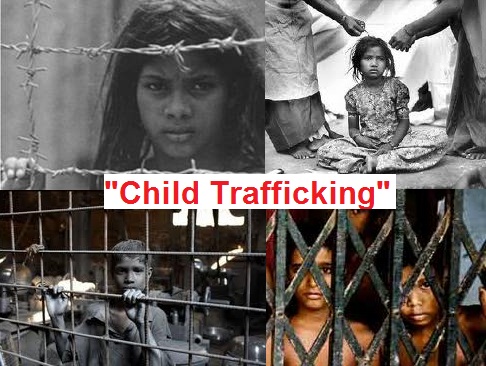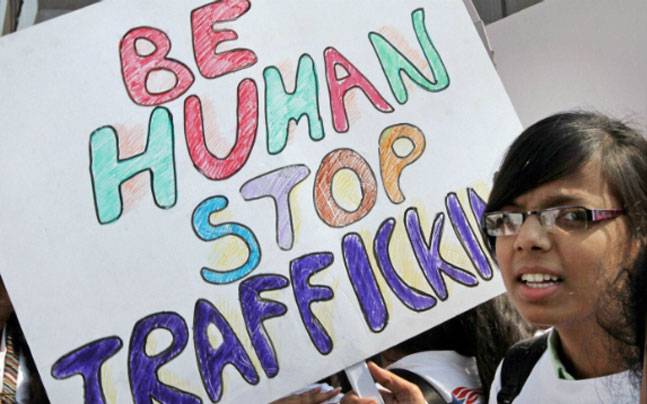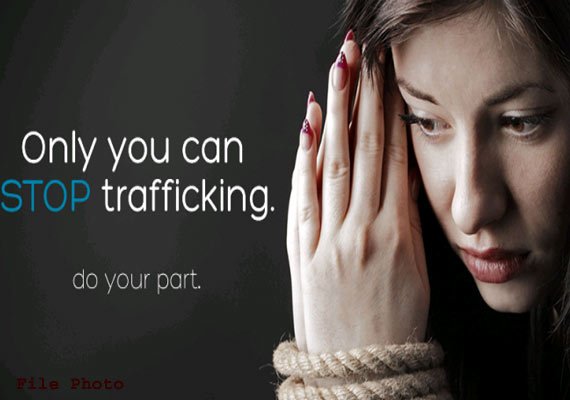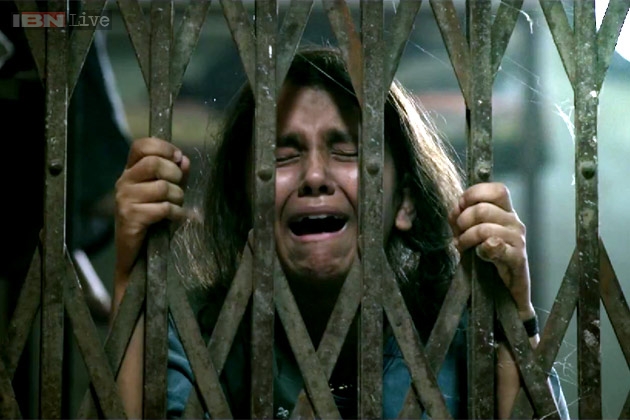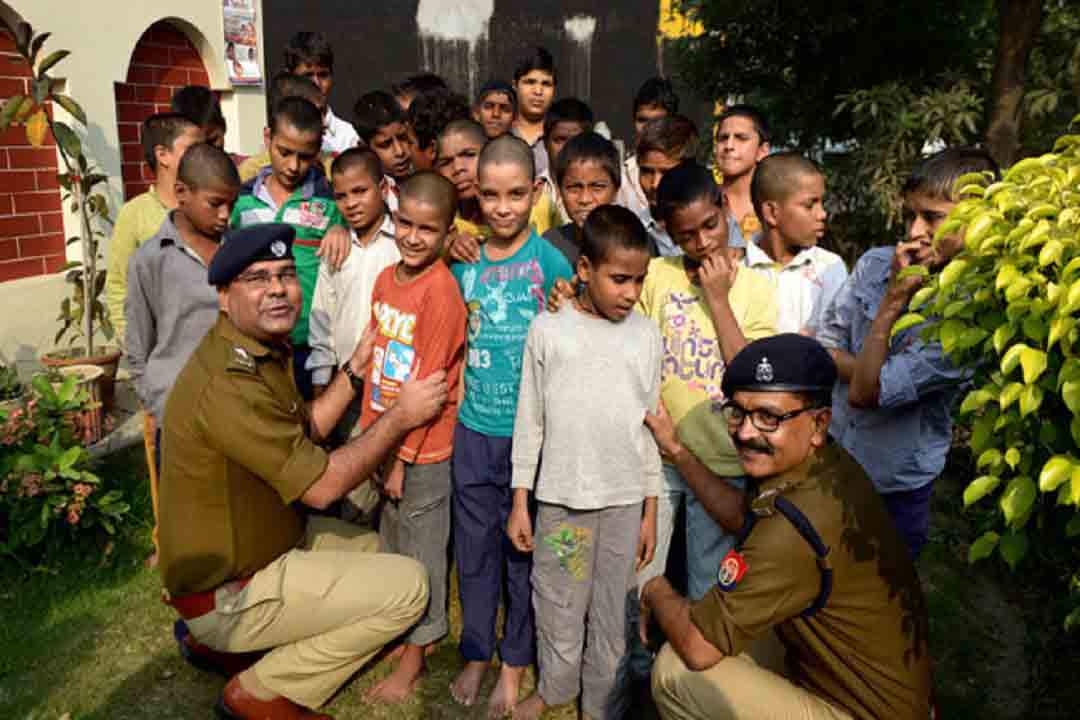‘AtmaSparsha always with Government of India’
#AtmaSparshaagainstChildLabour
#AtmaSparshaagainstChildTraffiking
#AtmaSparshaagainstChildSexualExplitation
#AtmaSparshaagainstGirlInfanticide
#childlabour #childtraffiking #girlinfanticide #childsecualexplitation
2021 is officially the International Year for the Elimination of Child Labour while June 12 is observed as the World Day Against Child Labour. Almost one in ten of all children worldwide are in child labour. While the number of children in child labour has declined by 94 million since 2000, the rate of reduction slowed by two-thirds in recent years. There are around 10.13 million child labourers between 5-14 years in India.
India’s poverty problem sees children ‘caught in the crossfire’ – they are forced into child labour so that they can serve as assets to the family. Despite a 2006 amendment to the Child Labour Prohibition and Regulation Act that ambitiously aims to cover lakhs of child labourers below the age of 14, poverty has still ensnared India’s children into child labour. This has made the role of nongovernmental organisations and civil society even more important. Lakhs of children in India are working in professions like beedi-rolling, brick kilns, carpet weaving, commercial sexual exploitation, construction, fireworks and matches factories, hotels, hybrid cottonseed production, leather, mines, quarries, silk, synthetic gems, etc. This also leads to child trafficking, something which gets silent approval when there is demand from retail, hospitality, and menial work sectors.
